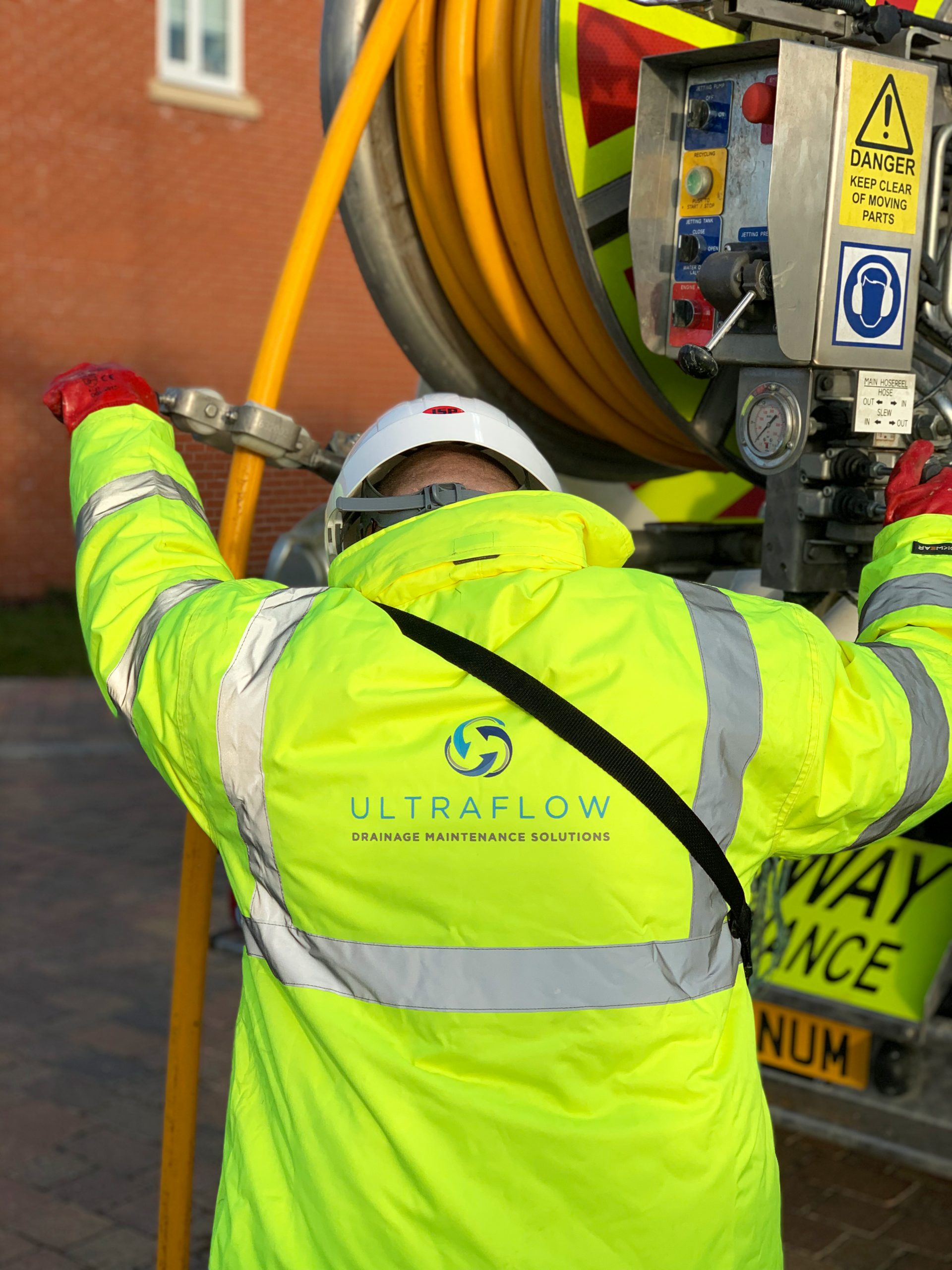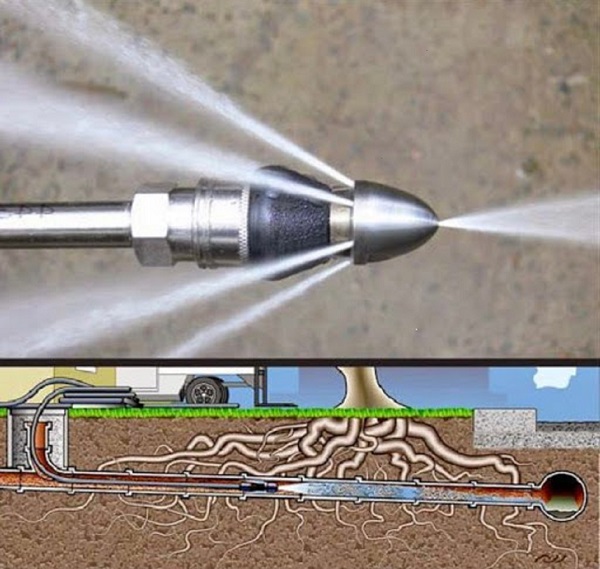Project Description
Drainage Maintenance: High Pressure Water Jetting
We have in-depth experience in providing solutions to both common and uncommon types of drainage blockages. Over the last few decades we have cleared all types of substances from pipelines such as ballast, concrete, tarmac and solidified silt, to name just a few.
Choosing the right unit for the job is key in terms of both costing and achieving the correct results. We offer various types of units such as ‘Van-Based Jetting Units’, specialist first time resolution ‘High Pressure Water Jetting Units’, and also ‘Combination Units’ whereby each have the ability to remove silt from a drainage asset yet whilst individually offering various levels of performance.
Van based units will clear up to 15% silt in 1-150mm lines and 8% in a 225mm line. These units are great for awkward to reach areas and operate up to 12 gallons per minute at 3000psi.
Our high pressure water jetting units are ideal for precise pipe encrustation and grout removal within pipelines.
We typically operate three types of combination units:
- 25-35 gallon per minute jetting @ 2000psi with 1000g waste water capacity
- 50-65 gallon per minute jetting @ 2000psi with 2000g waste water capacity
- 70-95 gallon per minute jetting @ 2000psi with 2500g waste water capacity
All of our combination units have the ability to vacuum the waste whilst jetting the line for more consistent progress on site.
The recording of key conditional data whilst under-taking cyclical cleaning and surveying of pipelines in flood risk areas has provided many solutions for the repair of flooding hotspots.


Ongoing Environment Commitment
As part of our ongoing commitment to the environment we have within our fleet, vehicles that reduce the impact of our business activities on the environment. Large ‘Recycler’ units clean gullies, tanks and pipelines with water gathered in the process.
They recycle the water through filtration systems on the vehicle. By using recyclers it reduces the water consumption, fuel consumption and emissions as well as reducing the risk of contamination entering the watercourses.
